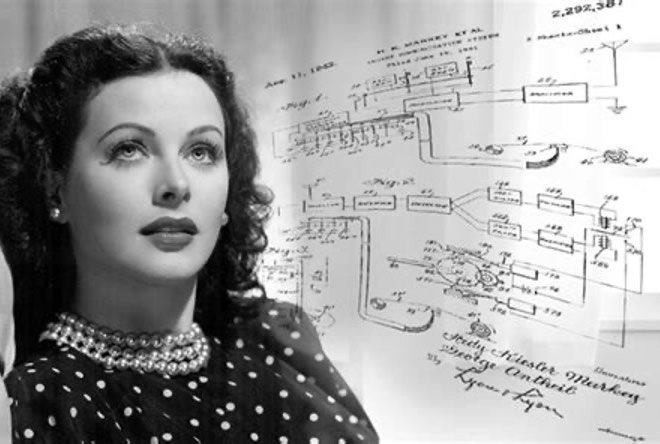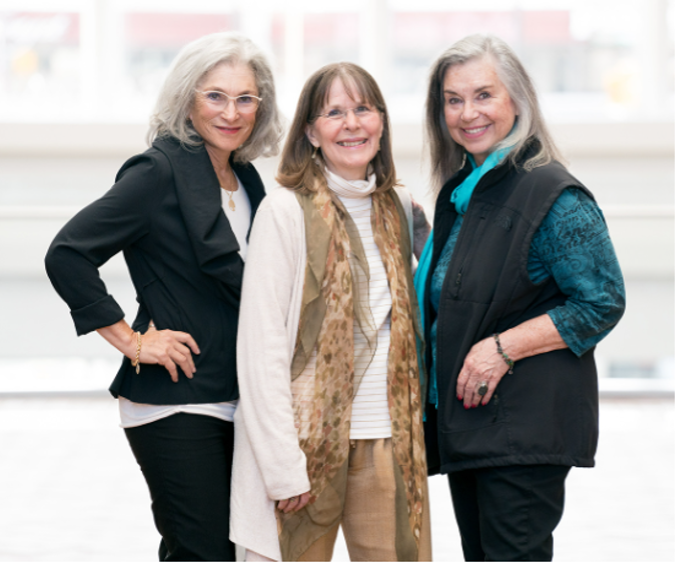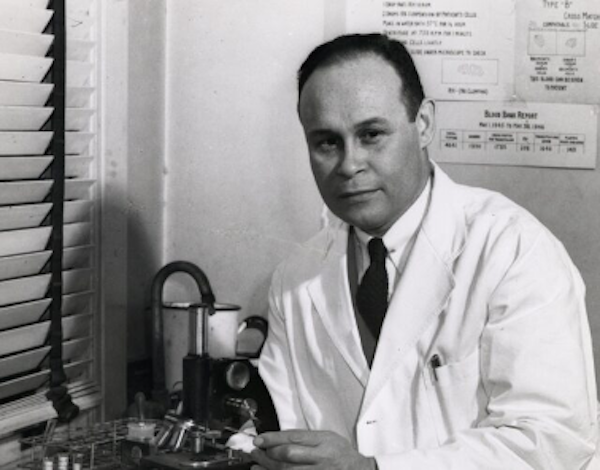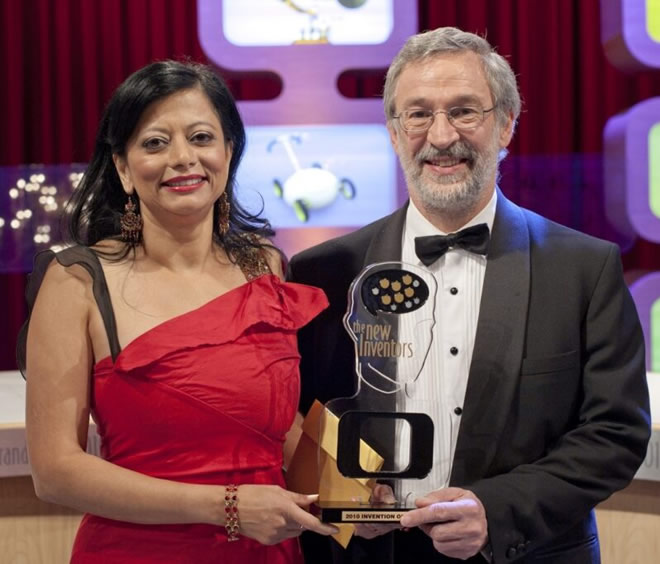
Highlights
Hedy Lamarr in front of her frequency-hopping, spread-spectrum communications patent.
Patents
- US No. 2,292,387: Secret Communication System
An unlikely inventor whose invention made the U.S. more secure
Hedy Lamarr was born Hedwig Eva Maria Kiesler in 1914 in Vienna, Austria, to a Jewish family. Her father was a successful banker and her mother a pianist. Her father died before the Holocaust but Hedy, using her influence as an actress, was able to rescue her mother from this tragedy. As a child, she was interested in acting and was fascinated by both theater and film. After initial training in the theater in Berlin, she returned to Vienna where she worked in the film industry, acting in several films in the early 1930’s.
She married Max Mandl against her parents’ wishes in 1933 when she was only 18. He was a wealthy Austrian arms merchant and manufacturer, reputed to be the third wealthiest man in Austria. Mandl had strong business ties to Mussolini’s fascist Italian government and also to the growing Nazi regime in Germany. Mandl took his wife to business meetings and conferences with scientists and others involved in military technology, possibly to improve his chances of making a sale. These occasions fueled her latent appetite for mathematics and applied science.
Within four years Lamarr decided to separate herself from her husband and country. She wrote in her biography that she would never be able to act so long as she remained married to Mandl: he regarded her as “some object of art which had to be guarded – and imprisoned – having no mind, no life of its own.” Stories differ as to how she managed to escape, but she made it to London where she met Louis B. Mayer, head of MGM. On the same transatlantic crossing to New York as Mayer, she secured a $500/week contract from him, and thus started her Hollywood acting career.
Lamarr didn’t fit well into the Hollywood scene. While Meyer promoted his actress as the “world’s most beautiful woman,” she preferred intelligent conversation at dinner with a few friends over a Hollywood party. She had a drafting table set up in her house to occupy the time not spent at parties and started inventing. Two of her inventions were an improved stoplight and a tablet that created a soda drink when dissolved in water.
Once German U-boats started targeting passenger ships close to the start of WWII, Lamarr decided to help stop the Nazi war machine and concentrated on torpedoes. Although one of the best forms of torpedo control was via radio communication, she realized that a radio control signal at a single frequency could be jammed by the enemy. Her invention was developed around the idea of making the center frequency of the radio signal hop from one value to another within a wide frequency band in a pseudorandom fashion. As a result, if the enemy tried to jam the signal at one frequency, the control signal would be jammed for only the short time that the control signal frequency dwelled at the jamming frequency. and would open up again as it hopped to another frequency. Thus was spread-spectrum communications born.
The trick to make her invention work was to ensure that both the transmitter and receiver knew what frequencies were expected and when. To achieve this, she turned to another unlikely inventor, George Anthiel, a contemporary piano composer. He had previously composed an avant-garde piece that involved note-hopping using multiple, synchronized player pianos running identical piano rolls. They realized that such a mechanism could be modified to realize synchronized radio frequency hopping for a transmitter and a receiver. They were granted U.S. Patent No. 2,292,387, titled “Secret Communication System” for this invention in 1942, and donated the patent to the Navy.
The technology was not used during the war but was developed in the 1950s for remote-controlled sonar buoys used for submarine detection. The first large scale deployment of secure spread-spectrum communications was among the ships involved in the naval blockade of Cuba during the Cuban Missile Crisis. In the 1980’s, spread-spectrum communications became more significant with the early development of mobile communications, and spread-spectrum techniques are now commonplace in cellular and Wi-Fi wireless connections.
Lamarr, along with Antheil, was awarded the Electronic Frontier Foundation’s Pioneer Award in 1997. The following year, Austria awarded her the Viktor Kaplan Medal of the Austrian Association of Patent Holders and Inventors. She was posthumously inducted into the National Inventors Hall of Fame in 2014 and Google honored her with a doodle in 2015.
Author: Iain A. McIntyre





